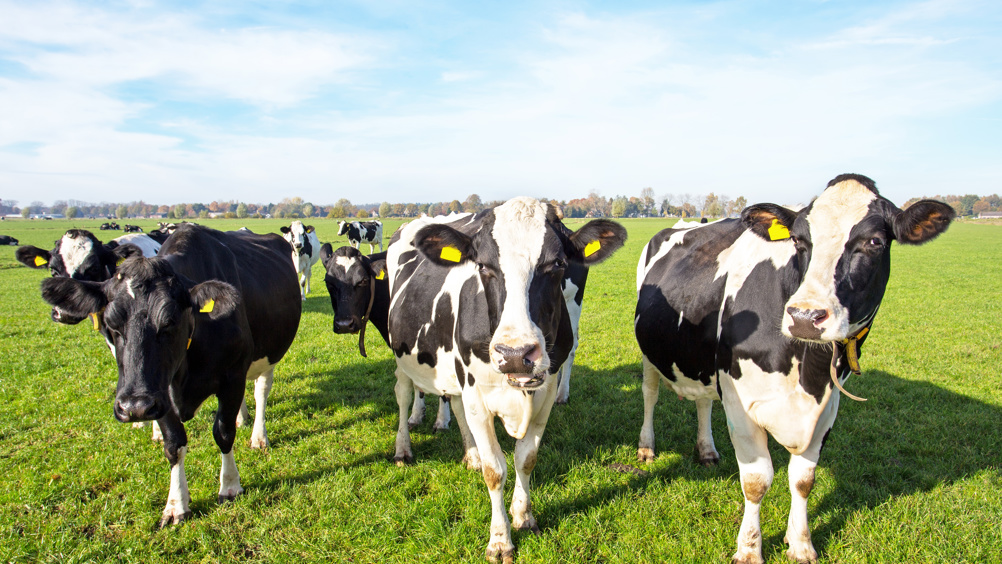
Abstract
In this online workshop, Julia Moorhouse, Head of Veterinary Services at Map of Ag, discussed transition nutrition for the dairy herd: what's new and how can vets get more involved in improving metabolic health around calving.
The session provided a review of metabolic diseases around calving, including subclinical ketosis and hypocalcaemia, looking at causes, how vets can get more involved in monitoring these diseases and the targets they should be aiming for.
The transition period is defined as 3 weeks before and after calving. This is when most metabolic disease occurs in dairy cows. Excessive negative energy balance lies at the heart of this. Poor calcium status is also linked. It reduces intakes, leading to an increased risk of negative energy balance but there is also probably a direct link to immunosuppression, particularly around the point of calving. Metabolic disease and infectious disease are very strongly linked – a theme that was discussed throughout the workshop. Julia highlighted how subclinical disease is common in UK dairy herds.
Dairy cattle are metabolic athletes. Energy requirements for the average dairy cow double from a week before calving to just after calving. It is important to emphasise just how great the energy requirement can be with the highest yielding animals.
Register now to continue reading
Thank you for visiting UK-VET Companion Animal and reading some of our peer-reviewed content for veterinary professionals. To continue reading this article, please register today.

